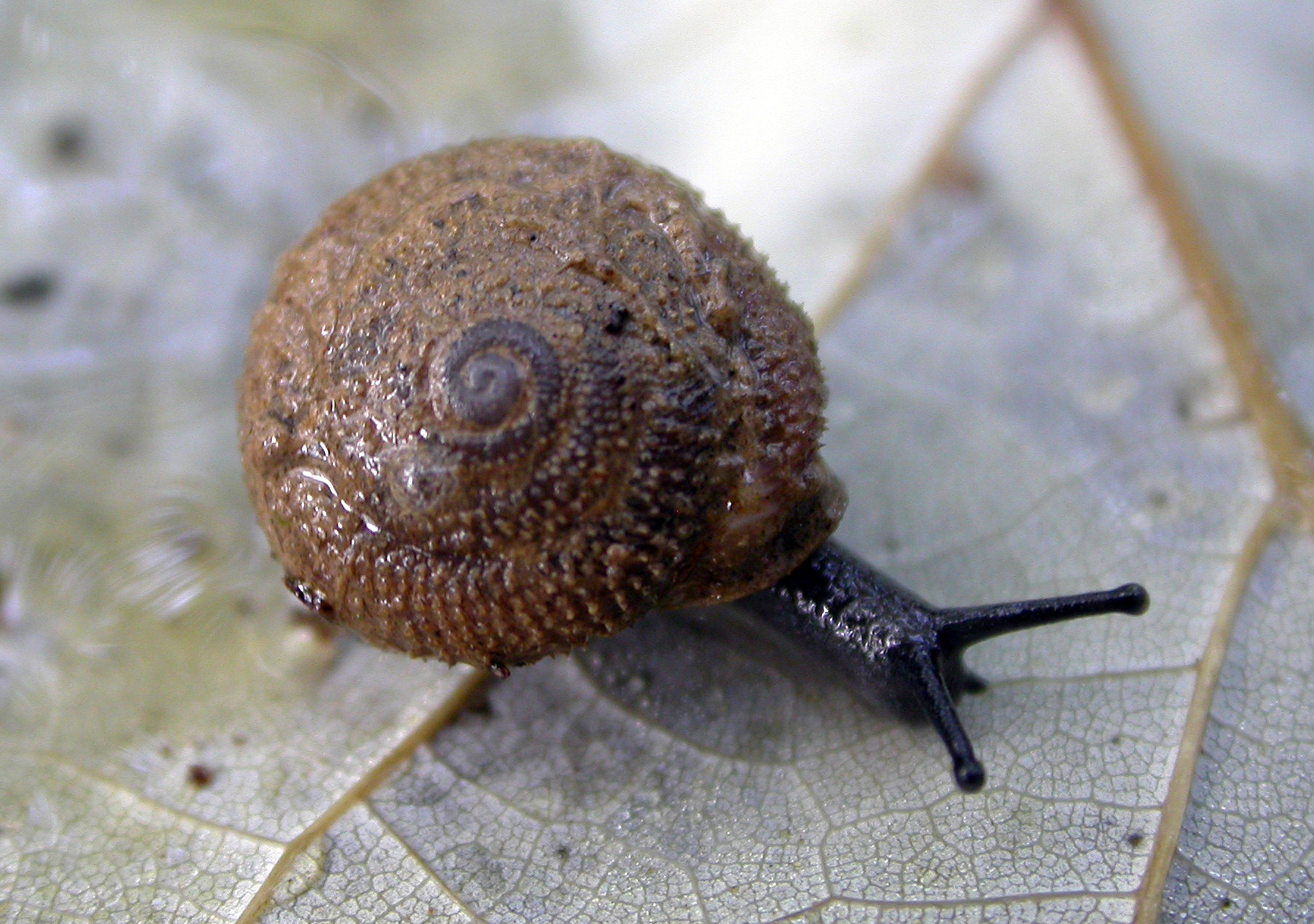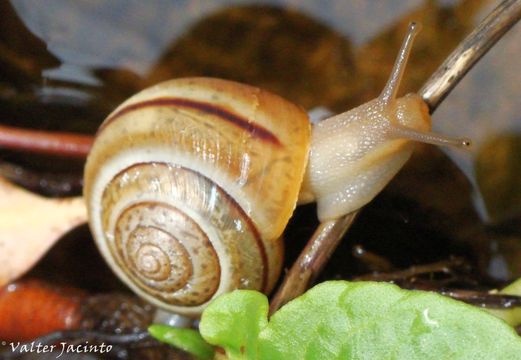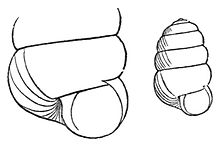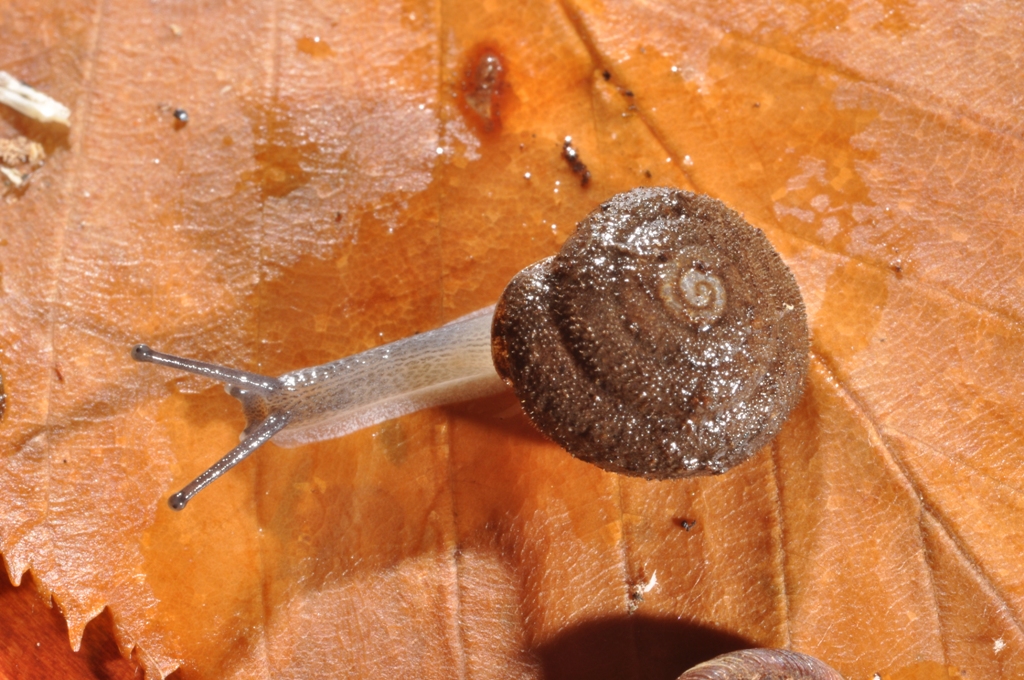Classification
How is Inflectarius edentatus classified according to its family tree?
The scientific name Inflectarius edentatus comes
from the Latin root words inflect- (to bend in), -arius
(pertaining to one), and edentatus (toothless). Thus, the name
as a whole means pertaining to one that bends in and is
toothless (Swinton, 1879).
The common name, smooth lip shagreen, refers to the smooth lip
(the margin of the snail's shell at its opening) and coarse outer scales around the outside of the
shell, similar to that of shagreen, which is untanned leather
with a rough, granulated surface (Ghesquiere, 2007).
Domain: Eukaryota
Members of the Domain Eukaryota contain membrane bound organelles
and a nucleus which are characteristics that classify eukaryotes
from prokaryotes (Keeling et al., 2009).
Kingdom: Animalia
Characteristics of Kingdom Animalia include heterotrophic,
eukaryotic and multicellular organisms (Mena, 2012). Organisms, such as
Inflectarius edentatus, also contain some type of
structural support as well as specialized cells (Mena, 2012). Kingdom Animalia are also classified as having a level of organization
including cells, tissues, organs and organ systems, and reproduce
sexually (Mena, 2012).
Phylum: Mollusca
Inflectarius edentatus belong in the Phylum Mollusca for
numerous reasons. Mollusca are bilaterally symmetrical,
triploblastic, meaning they consist of three cell layers, and
contain a body cavity (Ramel, 2012). Members of the Phylum Mollusca
also have a complete digestive system as well as an open circulatory
system (Ramel, 2012).
Class: Gastropoda
Inflectarius edentatus belong in the Class Gastropoda
because of the presence of their shell as well as the 180 degree
twisting of the shell called torsion (Kennedy, 2012). This twisting
also results in the anus, gills and mantle cavity to be positioned
above the head (Kennedy, 2012).

Order: Stylommatophora
The Order Stylommatophora is classified as being air-breathing and
terrestrial pulmonates(ZipcodeZoo, 2012). Organisms of the Order Stylommatophora also contain a long, pedal gland as well as two
pairs of tentacles (ZipcodeZoo, 2012).
Family: Polygyridae
Members of the family Polygyridae are classified as having a
reflected outer lip on the shell and a slight groove on each side
from the head to the shell (Baker, 1939).
Genus: Inflectarius
Some defining characteristics of the Genus Inflectarius
are of having a medium sized shell as well as a inverted heliciform
shell
(Grimm et al., 2009). They are yellow-brown in color and lightly
lined with striations on their scaly periostracum (Grimm et al.,
2009). Members of the Genus Inflectarius also have
denticles lining their aperture as well as their lip (Grimm et al.,
2009).
Species: Inflectarius edentatus
The species Inflectarius edentatus is classified as
being toothless (Swinton, 1879).

Where can you find Inflectarius edentatus?
Home
